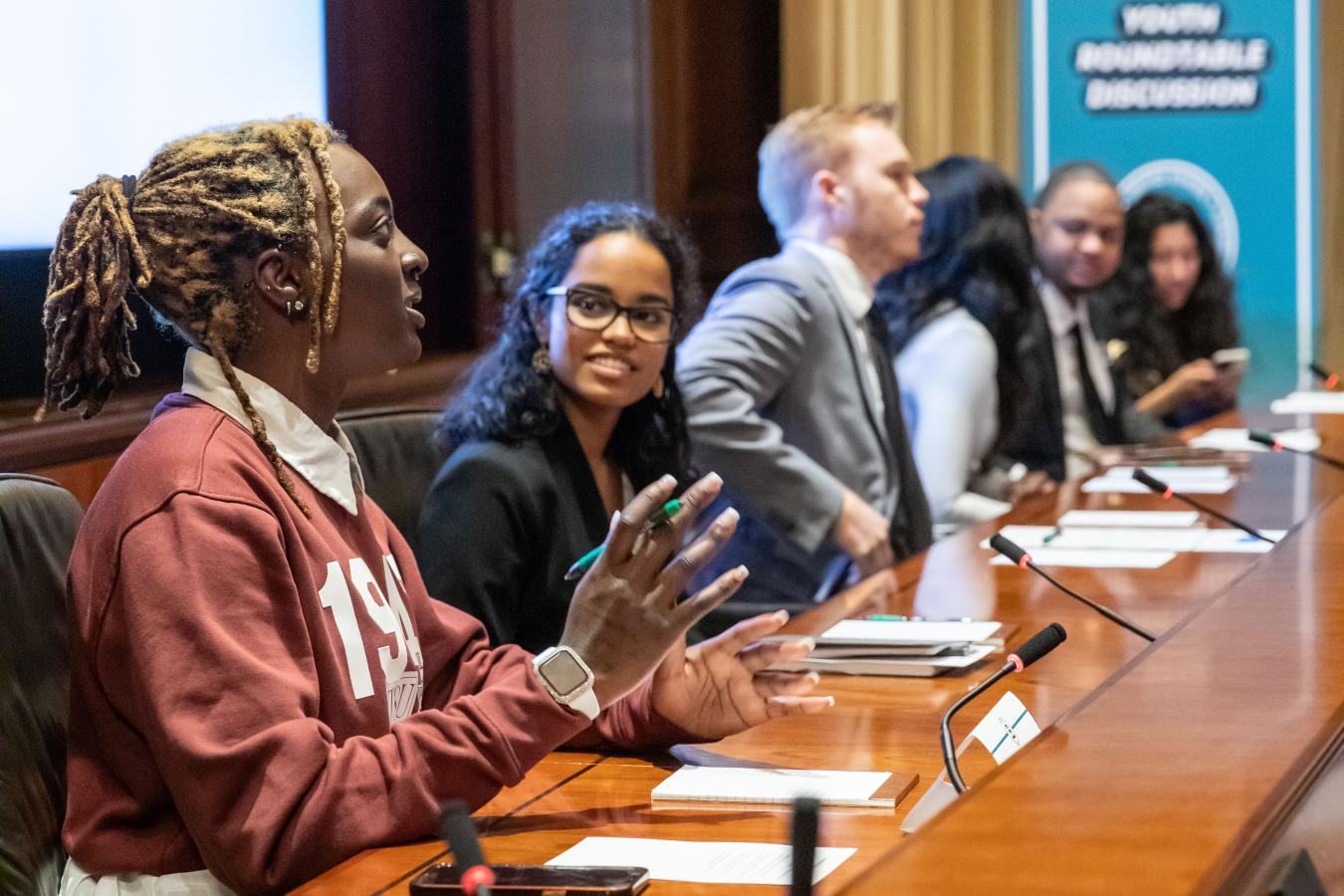High School | Daily Do
What can we do to mitigate negative health outcomes of respiratory diseases for at-risk populations?

Lesson Snapshot
This is Lesson 7 of the Using Data to Understand and Improve Health Outcomes Unit.
High school students, as scientists, analyze and identify patterns in data to answer the following driving question: What can we do to mitigate negative health outcomes of respiratory diseases for at-risk populations? Students begin by revisiting Lessons 1-6 to consider problems that they are particularly interested in solving. Students identify the focal problem for a mitigation plan project and consider the geographic and time scale of their plan. Additionally, students research the careers and roles involved in public health work and what comprises a public health campaign. Finally, students identify their audience and prepare a presentation to persuade them to enact change. Groups prepare their presentations, receive peer feedback, and make revisions.
Click the Download PDF button above for the complete Lesson Plan.
Materials
Student Materials
Per Student
Per Small Group (2 to 4 students)
- Computer or tablet
Teacher Materials






